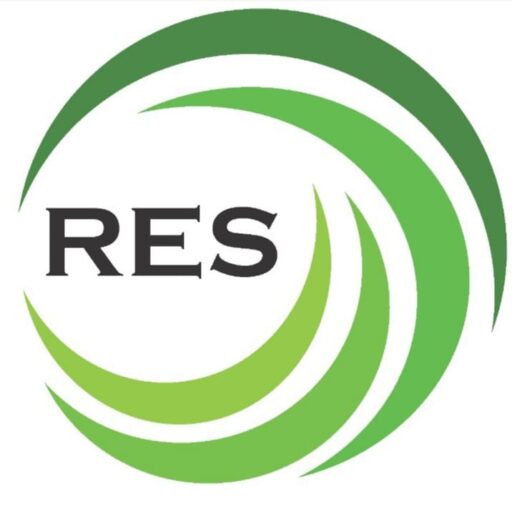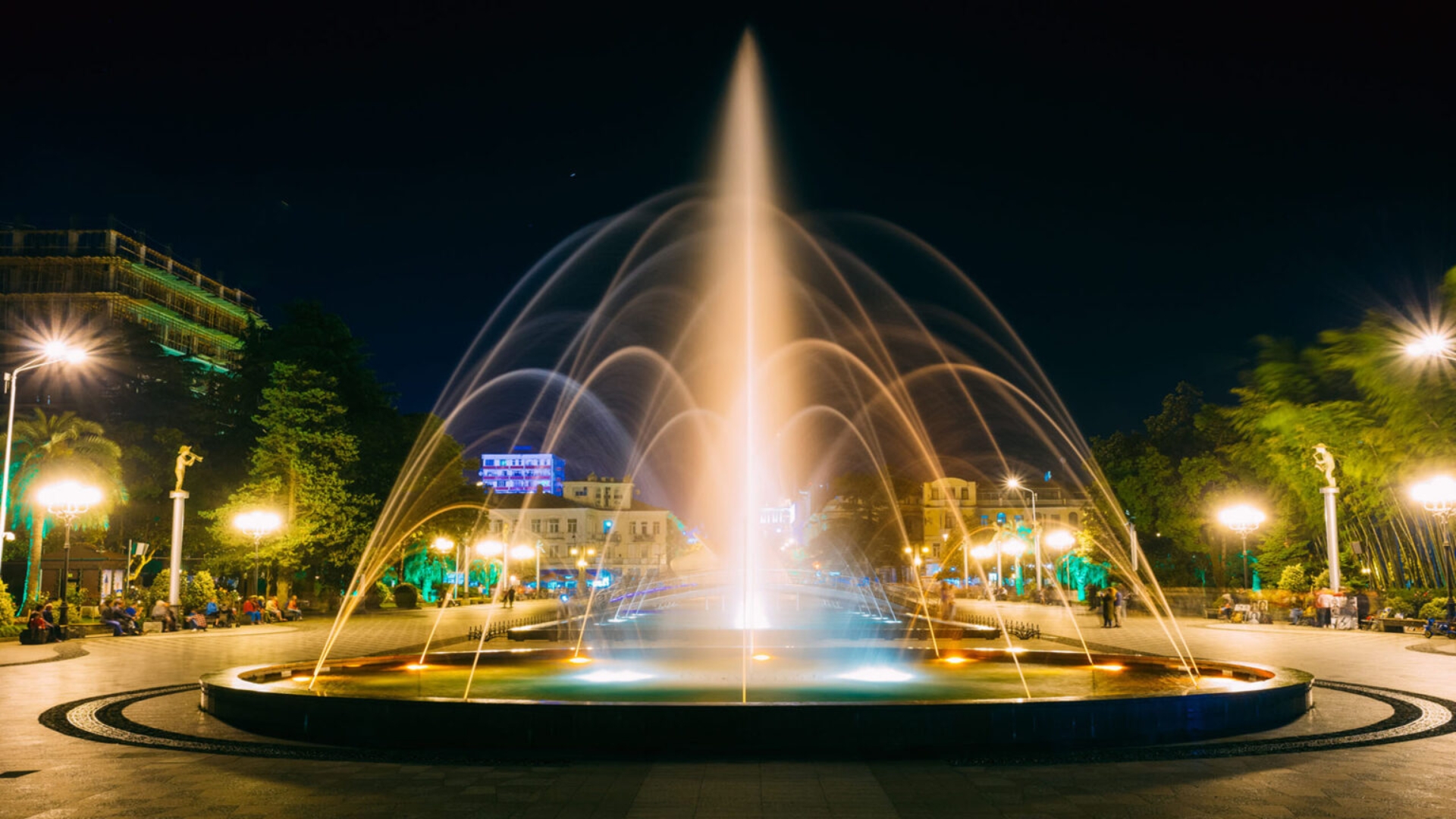Top 10 Modern Jet Fountain Design Ideas for Homes, Hotels, and Parks
Jet fountains, with their dynamic water jets shooting in precise patterns, are redefining outdoor and indoor spaces by blending aesthetics, functionality, and sustainability. These water features elevate the ambiance of homes, hotels, and parks, creating serene environments that captivate and relax. The global fountain market, valued at USD 1.18 billion in 2024, is projected to reach USD 1.71 billion by 2033, growing at a CAGR of 4.3%, driven by demand for innovative designs like jet fountains. This article explores ten modern jet fountain designs, enriched with practical insights, statistical data, and detailed tables to guide homeowners, hoteliers, and park planners in creating impactful water features.
Collaborating with a reputable fountain service provider ensures these designs are executed with precision, from hydraulic engineering to aesthetic customization. These experts address challenges like water pressure consistency and drainage, tailoring solutions to specific settings—whether a compact home garden, a luxurious hotel lobby, or a sprawling public park. Below, we delve into the benefits, key considerations, and ten innovative design ideas, supported by data-driven tables to maximize value and user satisfaction.
Why Choose Jet Fountains? Benefits Across Settings
Jet fountains are more than decorative; they offer tangible benefits that enhance well-being and property value. The sound of flowing water reduces stress, with studies showing a 20-30% reduction in cortisol levels when exposed to water features. They also generate negative ions, improving air quality by neutralizing pollutants, which is especially valuable in urban hotels and parks. For homes, jet fountains can boost resale value by 10-15%, as water elements signal luxury and tranquility. In public spaces, they increase foot traffic by up to 25%, fostering community engagement and mental health.
From a sustainability perspective, modern jet fountains use recirculating systems, reducing water waste by 80% compared to traditional fountains. A fountain service provider can integrate solar-powered pumps or eco-friendly materials, aligning with global trends toward green landscaping. These benefits make jet fountains a versatile choice for enhancing aesthetics, functionality, and environmental responsibility.
Market Insights for Water Features
| Feature Type | 2024 Market Value (USD Billion) | Projected 2033 Value (USD Billion) | CAGR (%) | Key Demand Driver |
|---|---|---|---|---|
| Outdoor Fountains | 1.8 | 3.1 | 6.2 | Urban landscaping |
| Indoor Fountains | 2.8 | 4.9 | 5.8 | Luxury interiors |
| Jet Fountains | 0.5 | 0.9 | 6.8 | Interactive designs |
Source: Compiled from industry reports on water feature trends.
Key Considerations for Jet Fountain Design
Designing a jet fountain requires strategic planning to ensure durability, efficiency, and alignment with the space’s purpose. Start with a site assessment: evaluate sunlight exposure to prevent algae, wind patterns to avoid water drift, and soil stability for structural integrity. Material selection is critical—stainless steel offers a sleek, modern look, while natural stone blends with rustic settings. Energy-efficient pumps, like those using variable frequency drives, can cut energy costs by 30%.
Lighting enhances safety and aesthetics; LED systems use 75% less energy than traditional bulbs and last up to 50,000 hours. Budgeting should account for installation (20-30% of total costs) and ongoing maintenance, which a fountain service provider can streamline. Compliance with local regulations, especially in public parks, ensures accessibility and safety.
Design Specifications by Setting
| Setting | Space Requirements | Ideal Materials | Energy Needs (kWh/year) | Maintenance Frequency |
|---|---|---|---|---|
| Homes | 10-50 sq ft | Granite, Stainless Steel | 500-1000 | Quarterly |
| Hotels | 50-200 sq ft | Glass, Polished Stone | 1000-2000 | Monthly |
| Parks | 100-500 sq ft | Concrete, Composites | 1500-3000 | Biannual |
Top 10 Modern Jet Fountain Design Ideas
These 10 designs showcase the versatility of jet fountains, blending innovation with practicality for homes, hotels, and parks.
1. Minimalist Linear Jets
Embedded in walkways, these slim jets create reflective pathways. Ideal for home patios (10-20 ft runs) or hotel entrances, they use low-flow nozzles (1-2 GPM) for efficiency. Maintenance involves quarterly nozzle cleaning.
2. Interactive Floor Jets
Ground-level jets with motion sensors encourage playful interaction. Perfect for park plazas (50-100 jets) or home backyards, they feature anti-slip surfaces and flow rates of 3-5 GPM. Hotels use them in courtyards for guest engagement.
3. Floating Jet Orbs
Spherical jets in ponds or pools create a floating effect. Suited for hotel poolsides (3-5 orbs) or park installations, they use 2-3 GPM pumps and LED lighting for nighttime allure. Homes scale down to 1-2 orbs.
4. Color-Changing LED Jets
RGB-lit jets sync with smart systems for dynamic displays. Homes use for ambiance (5-10 jets), hotels for events, and parks for attractions (20-50 jets). Energy-efficient LEDs reduce costs by 40% compared to halogen.
5. Vertical Wall Jets
Wall-mounted jets save space, ideal for home balconies (5-10 ft walls) or hotel facades. Parks pair with green walls, supporting biodiversity. Flow rates of 2-4 GPM ensure minimal water use.
6. Circular Jet Array
Concentric jets (10-30) form synchronized patterns. Hotels use in plazas, homes in circular patios, and parks as meditative focal points. Pumps handle 5-10 GPM for dynamic displays.
7. Musical Synchronized Jets
Computer-controlled jets (20-50) dance to music. Hotels host guest shows, parks use for festivals, and homes enjoy personalized playlists. Software updates ensure precise choreography.
8. Eco-Friendly Solar Jets
Solar-powered jets (5-15) cut energy costs by 50%. Ideal for sunny home gardens, off-grid park areas, or eco-conscious hotels. Panels require annual cleaning.
9. Sculptural Jet Installations
Custom sculptures with jets (1-5) act as art pieces. Homes use in entryways, hotels in lobbies, and parks as public art. Materials like bronze or recycled composites enhance durability.
10. Multi-Tiered Jet Cascades
Layered jets (3-5 tiers) mimic waterfalls. Versatile for home gardens, hotel entrances, or park viewpoints, using 5-15 GPM. Native plants boost ecological value.
Maintenance Costs and Tasks by Design
| Design Type | Annual Maintenance Cost (USD) | Key Tasks | Lifespan (Years) |
|---|---|---|---|
| Minimalist Linear Jets | 200-400 | Nozzle cleaning, pump checks | 10-15 |
| Interactive Floor Jets | 500-800 | Sensor calibration, surface cleaning | 8-12 |
| Musical Synchronized Jets | 1000-1500 | Software updates, jet alignment | 12-18 |
Installation and Maintenance Best Practices
Installation begins with site preparation, including plumbing and electrical setups, overseen by a fountain service provider. Expect installation costs of $5,000-$50,000, depending on scale. Maintenance includes:
- Monthly: Clean filters, check water quality (pH 6.8-7.2).
- Quarterly: Inspect pumps, clear debris.
- Annually: Winterize in cold climates, recalibrate sensors.
Eco-friendly algaecides and regular water testing maintain clarity without harming ecosystems. Solar-powered systems and LED lighting reduce operational costs.
Jet fountains transform spaces into serene, engaging environments, offering aesthetic, functional, and ecological benefits. From minimalist home designs to interactive park features, these ten ideas cater to diverse needs while aligning with sustainability trends. Use the provided tables to plan budgets, materials, and maintenance, ensuring your fountain enhances ambiance and value for years. Consult a fountain service provider to bring your vision to life with expertise and precision.







Comments are closed